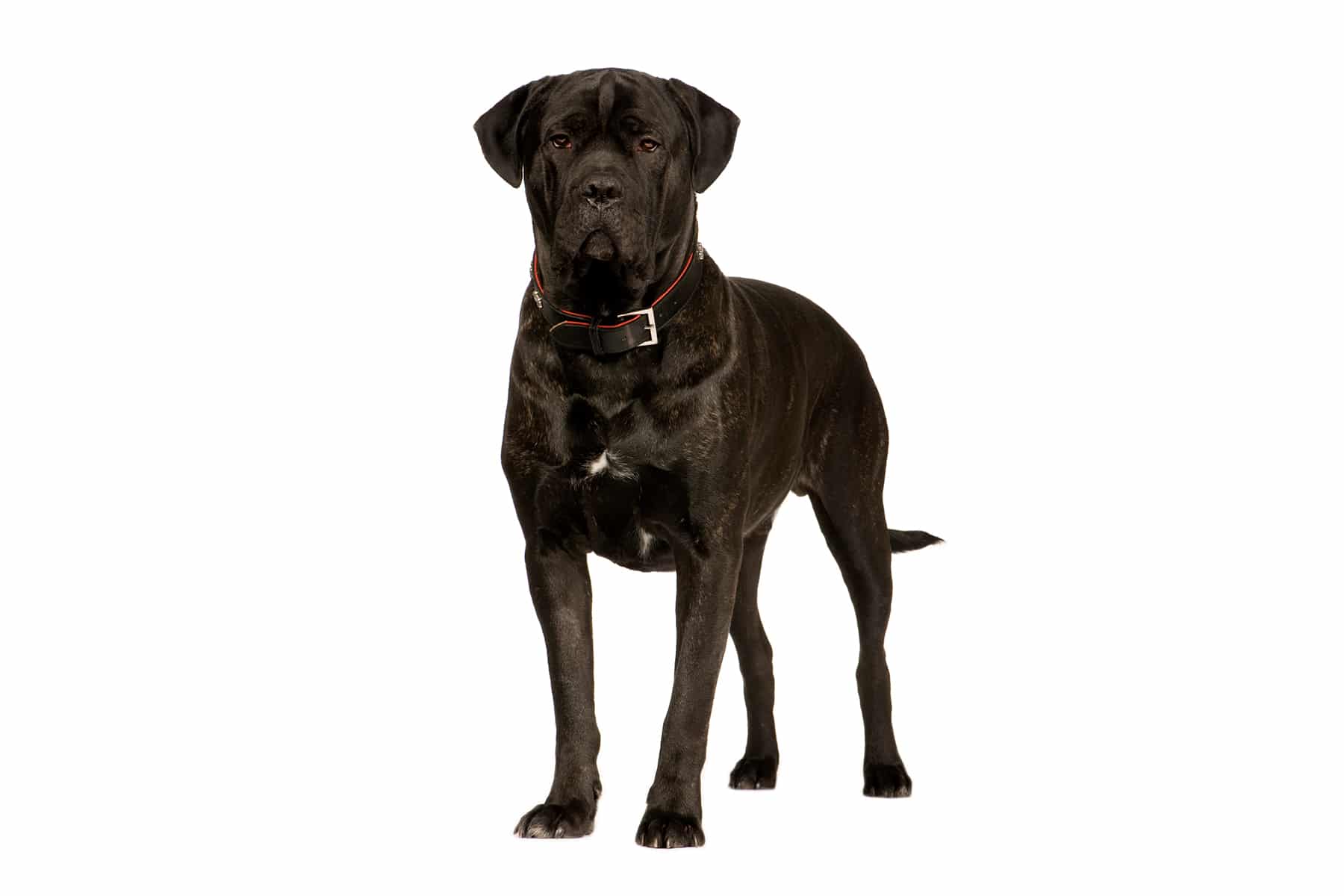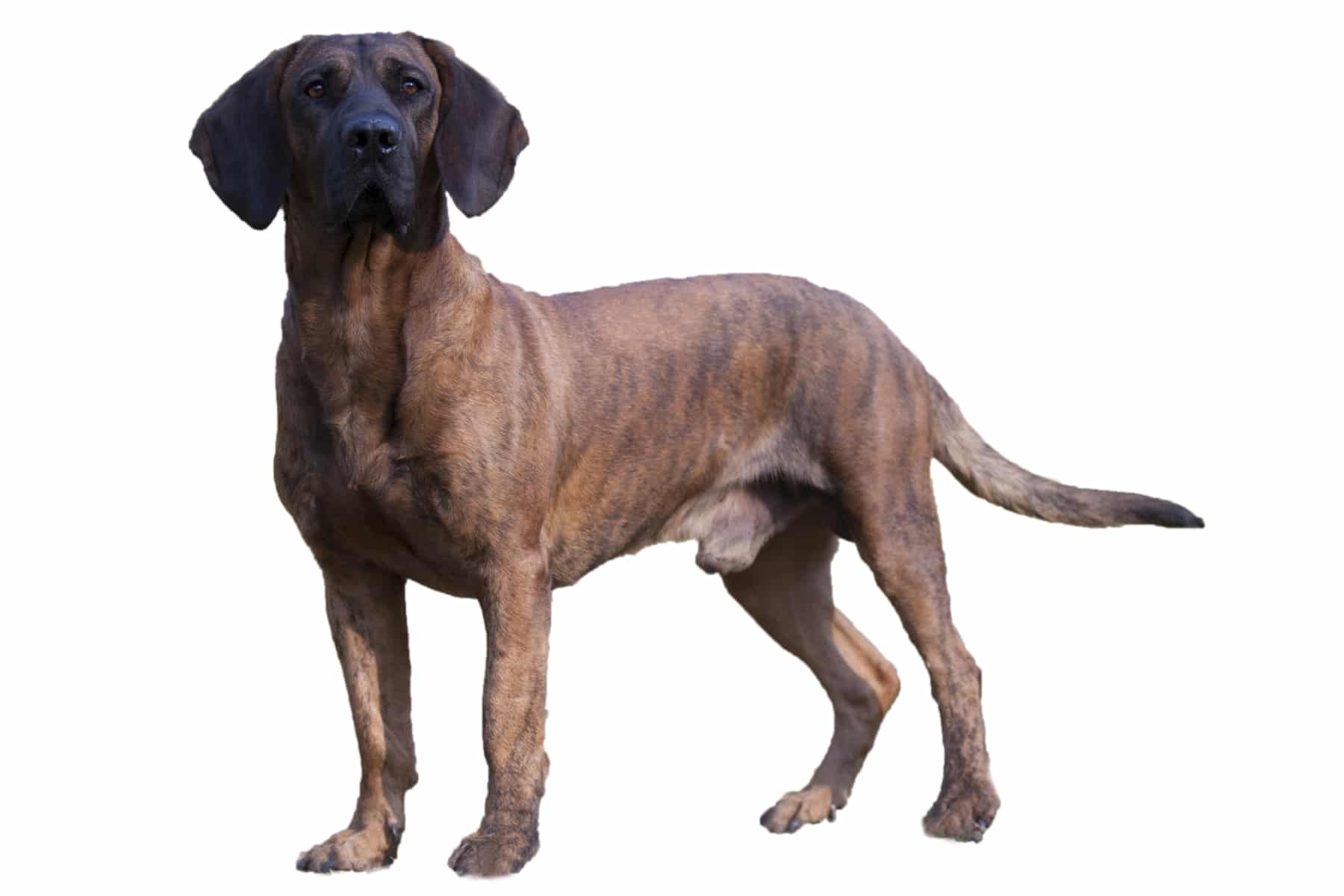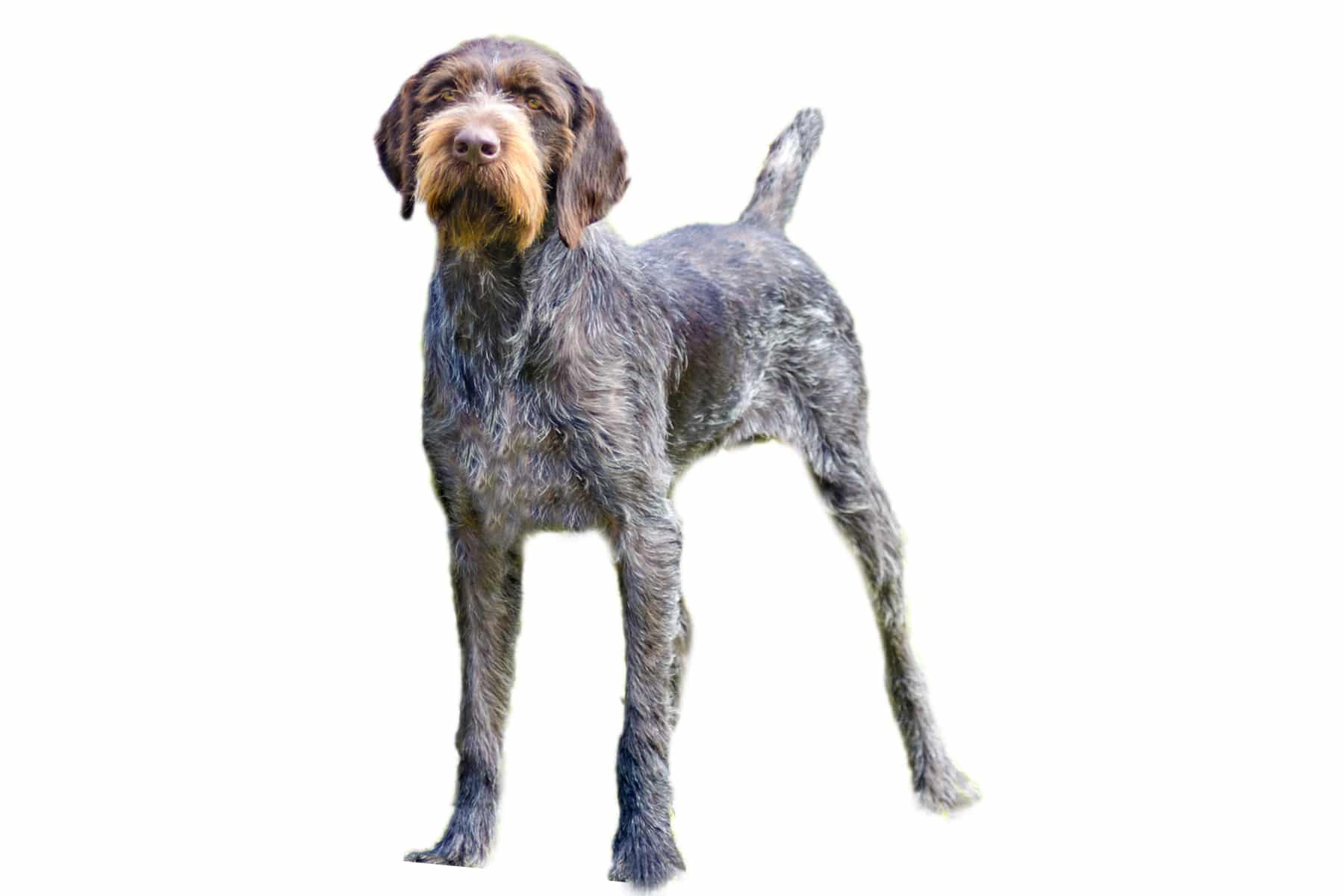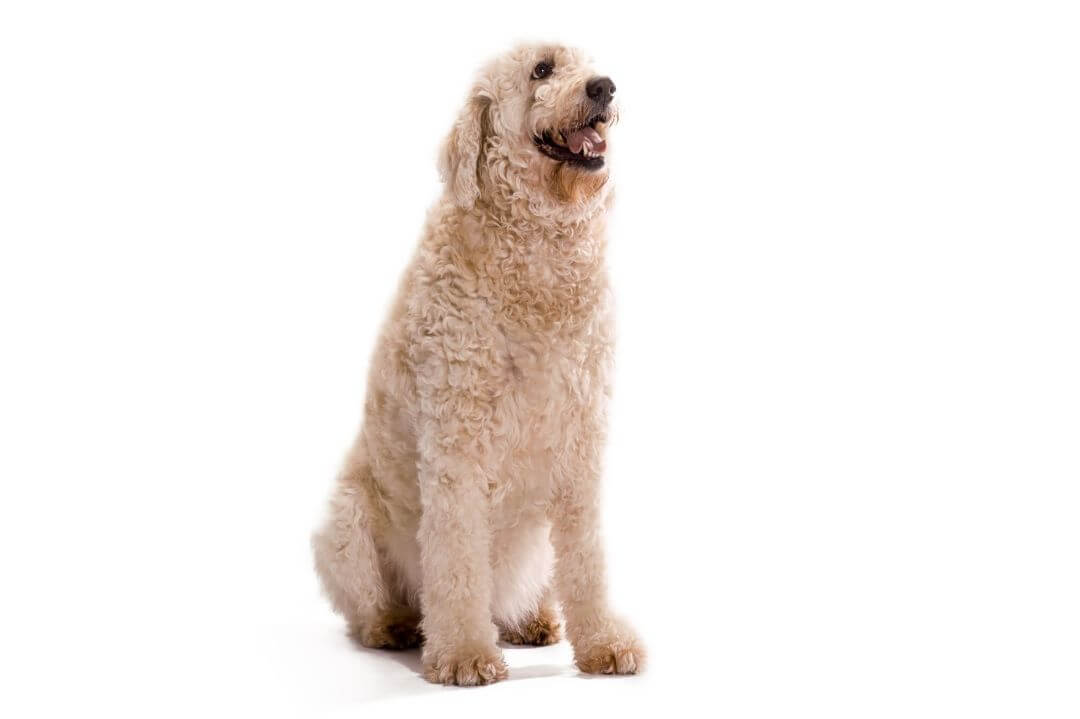Bergamasco Shepherd
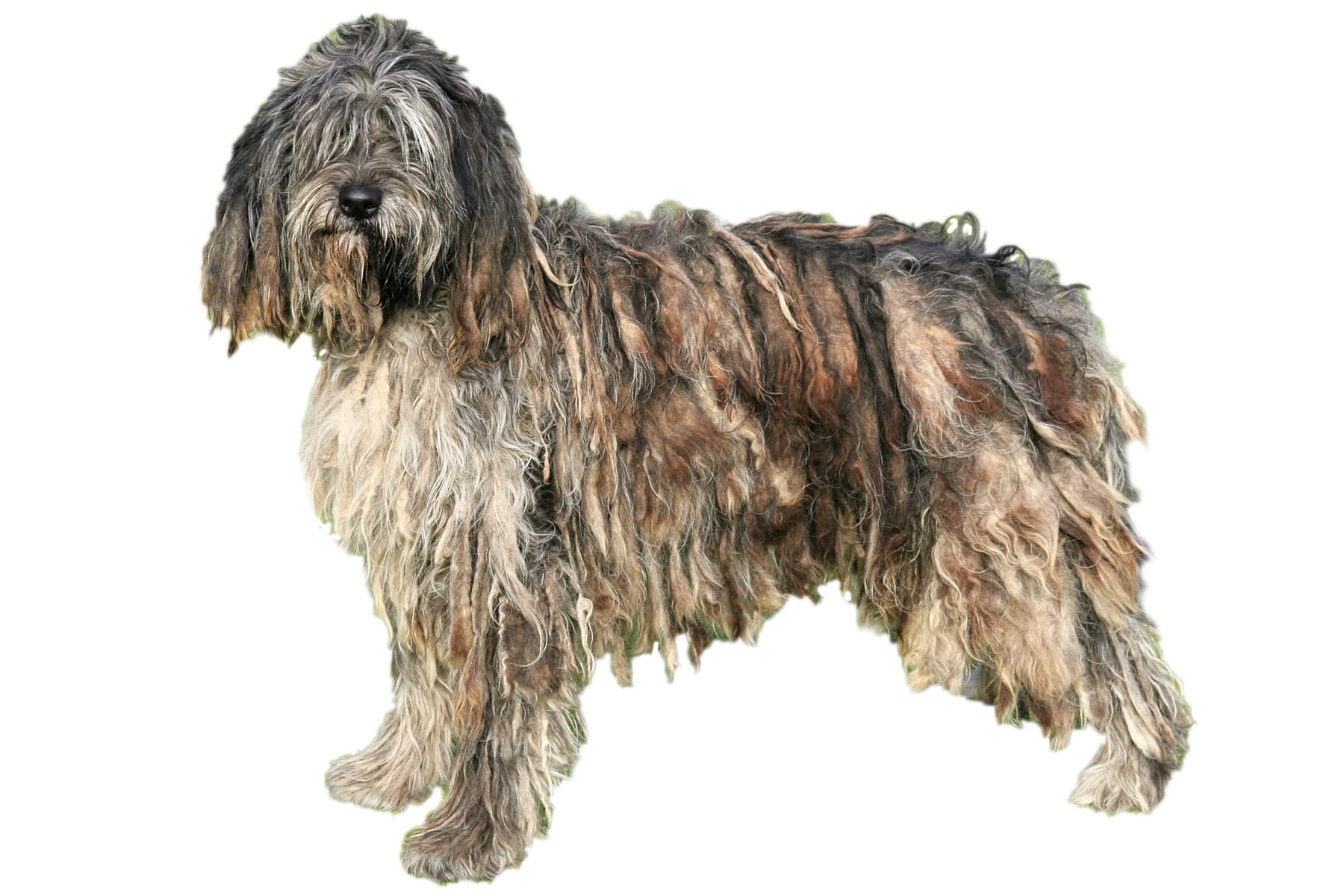
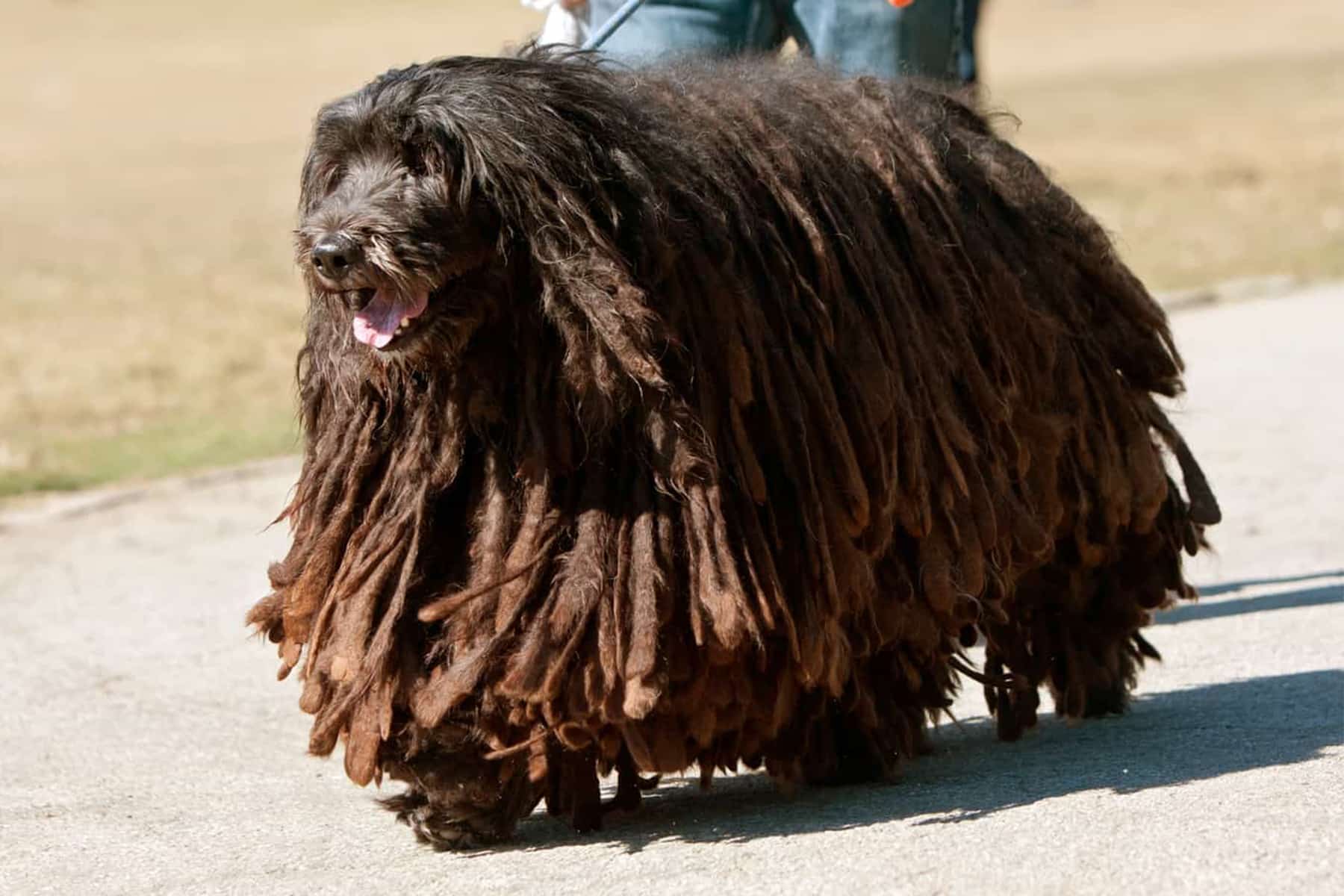
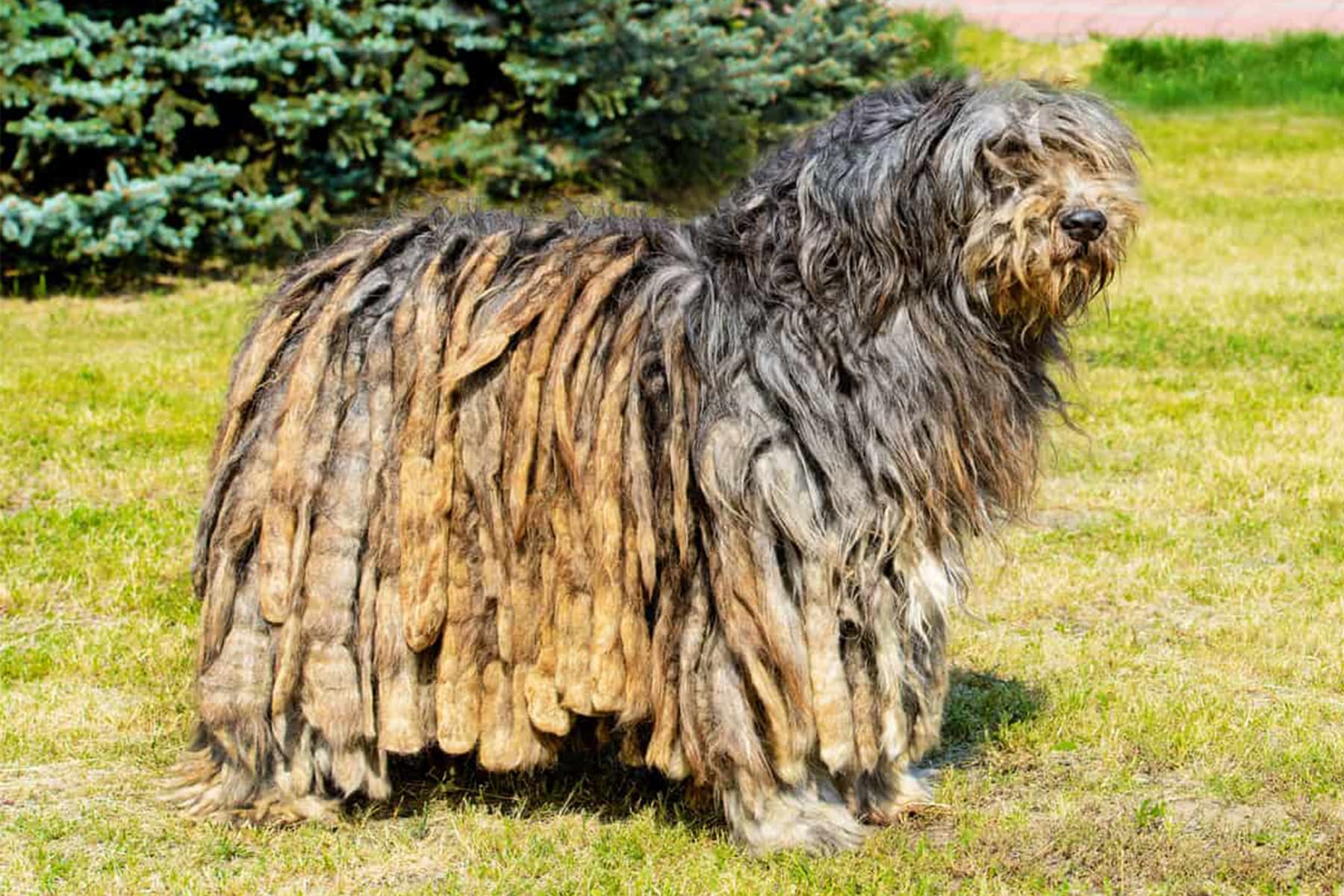
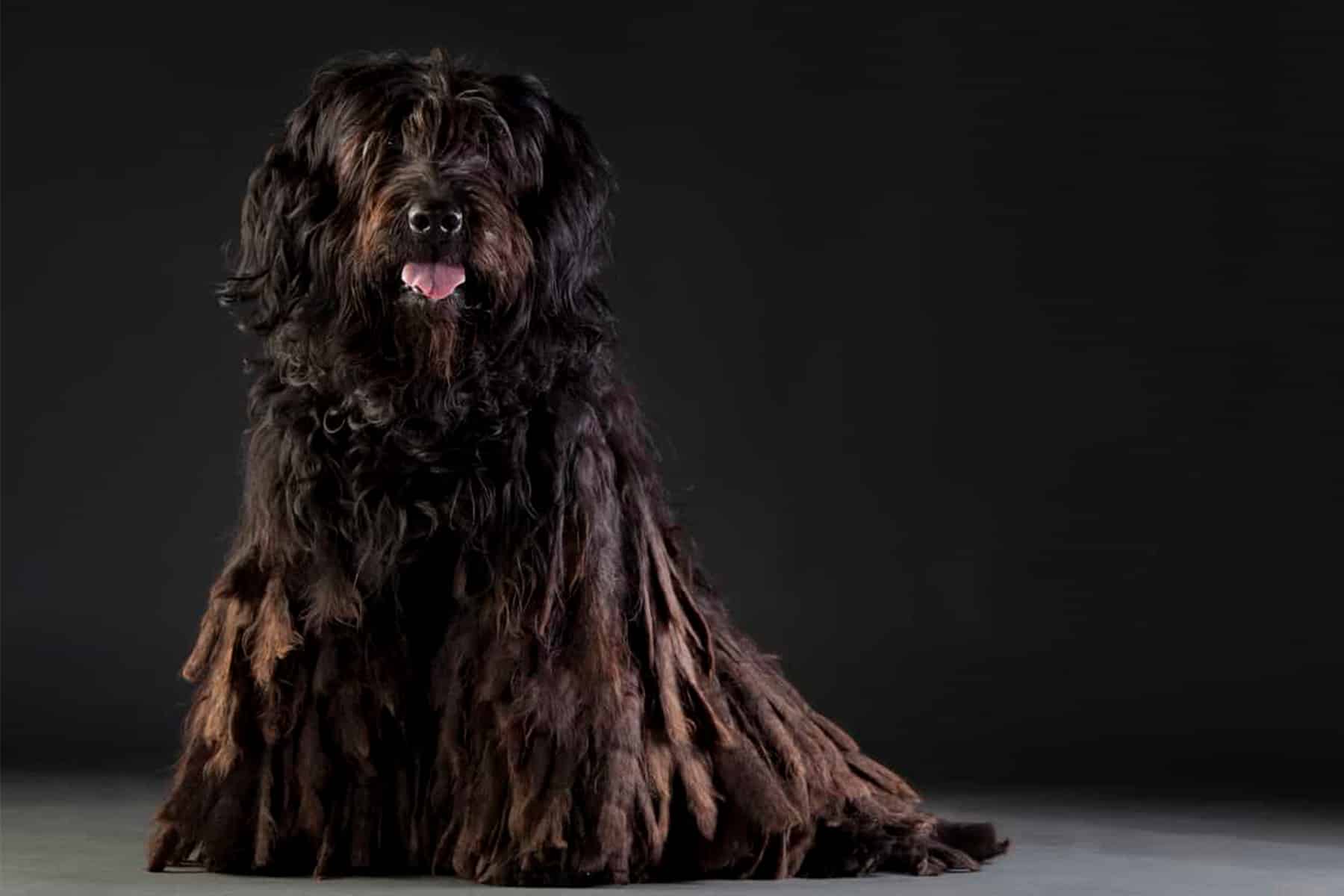
Temperament:
You come across dog owners and their four-legged companions every day. However, you will rarely, if ever, see a Bergamasco shepherd dog. The shaggy fellow, which was originally bred in the Italian Alps as a herding and working dog, is as unusual as its appearance.
Characteristics
The Bergamasco is a medium-sized dog. Males reach a shoulder height of up to 60 cm. Females are about 4 cm smaller. The weight varies between 26 and 38 kg.
The shepherd dog is particularly striking due to its impressive coat, which is inevitably reminiscent of dreadlocks.
The hair typical of the Bergamasco is formed when combing is largely omitted in puppyhood. After the hair has grown longer, the undercoat and wool become matted from around the second year of life. Matted hair plates develop, which eventually separate to form the villi characteristic of the shepherd dog.
In terms of color, the Bergamasco shows grey in different variations. There are also gray-black or completely black animals. White markings are possible.
In its function as a herding dog, the coat gives the Bergamasco a high resistance to sun, rain, wind and cold. Its traditional purpose as an outdoorsman is still reflected today in the relationship between the four-legged friend and its people. While it has always shown a strong bond with the herdsman and his flock, today it is an extremely loyal family companion.
As a very people-oriented dog, the Bergamasco can be perfectly integrated into a family. It loves children and is also an ideal guard dog. Its imposing appearance alone should act as a deterrent to most intruders.
As the owner of a shepherd dog, you should never live in an apartment that is too small. This is because the dog, which is relatively luxuriant due to its coat alone, should have enough space at its disposal. A garden where the Bergamasco can let off steam is ideal.
You should bring some time with you for your shepherd dog. He loves long walks. He also enjoys running alongside the bike. Due to its disposition as a herding and working dog, the Bergamasco wants to be challenged on outings. They want to work off their energy by playing fetch, for example. Dog sports and agility are also ideal for this agile four-legged friend.
The herding dog, which can also be trained as a rescue, companion and therapy dog as well as a tracker, is characterized by a high level of intelligence. It is therefore important that your Bergamasco is not only challenged physically, but also mentally.
Coat care:
Shedding:
Energy level:
Trainability:
Children suitable:
The right food
The Bergamasco has no particular breed-specific dietary requirements. In fact, it makes rather low demands on its food. It can be fed exclusively with ready-made food without any problems.
When feeding a shepherd dog, care should be taken to ensure that all general requirements for a healthy dog diet are met. Both commercially available dry and wet food can be used for this purpose.
Another alternative is home-cooked food. BARFing is also possible. All food components are fed exclusively raw. With both BARFing and home-cooking, it is necessary to acquire the necessary knowledge about the composition of balanced dog meals.
Health & Care
Grooming the Bergamasker is not very time-consuming, as it is hardly ever combed. Only the head, shoulders and tail should be brushed about once a week. It is also necessary to trim the villi from time to time. It is advisable to keep the coat short, especially in the belly area. This prevents the shepherd dog from being restricted in its freedom of movement. The four-legged friend wears the coat with the villi like a cloak.
Some dog owners prefer traditional grooming for their Bergamasco. This prevents the dog from taking on the typical appearance. The coat is also sometimes clipped shorter in summer than the classic long coat. It should be noted that this reduces the protective function of the coat.
It is typical of the long-haired Bergamasco that all kinds of dirt accumulate in the matted hair. It takes some effort to get the shepherd dog reasonably clean again, e.g. after a long period of romping around outdoors. In addition, the moisture remains in the matted hair for a long time, so that the typical smell of a wet dog hardly disappears.
Regular claw trimming and eye and ear care should not be neglected.
Excessive care or increased care requirements due to illness are not to be expected with the Bergamasco. The dog is very robust. Negative breeding characteristics are not to be found in him.
Suitable accessories
You don't need many special accessories for your herding dog. A brush is all you need for spartan grooming. Otherwise, you need to have everything you need for any dog. For example, a food and water bowl or collar and lead.
Breed-specific accessories do not have to be purchased. However, it makes sense to give the herding dog toys that are in keeping with its character. In other words, toys that promote agility or stimulate mental work.
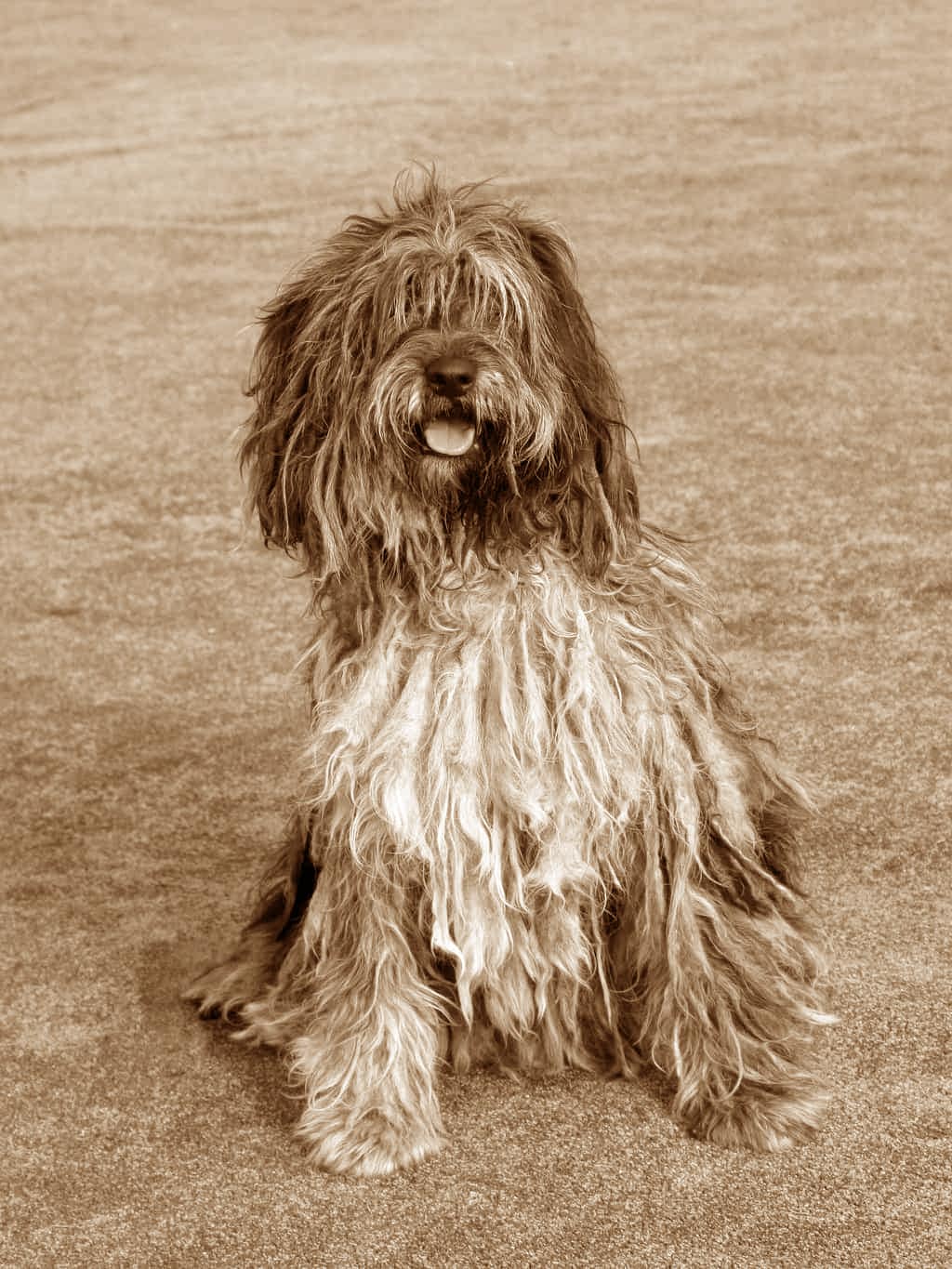
Origin & History
The Bergamasco shepherd dog is considered one of the oldest dog breeds in Italy. Records of shepherds prove that the Cane da Pastore Bergamasco - or Cane delle Alpi for short - has been native to the Italian Alps since the 16th century.
The actual origin of the shepherd dog has not yet been clarified. It is thought possible that the ancestors of the Bergamasco were brought to Italy from the Near East by Roman and Phoenician soldiers around 2000 years ago. The Italian shepherd dogs could be descended from Persian shepherd dogs.
The Cane da Pastore Bergamasco was very popular with the shepherds of the Italian Alps because of its great willingness to work and its loyalty. With its help, the shepherds were able to drive their flocks safely from one pasture to the next.
In 1898, a studbook was set up and the first standard established. However, for inexplicable reasons, the good reputation of the Cane delle Alpi did not spread beyond the Italian Alps for a long time.
It was not until the middle of the 20th century that national cynologists began to pay increasing attention to the Bergamasco Shepherd Dog. In 1956, the Cane da Pastore Bergamasco was recognized as an Italian dog breed by the Fédération Cynologique Internationale (FCI).
The Bergamasco has remained a rare pedigree dog. For a long time, shepherds bred the herding dog exclusively for their own use. Today, this extraordinary four-legged friend is prized by a small number of enthusiasts, especially as a family dog.
There are only around 2000 specimens of the Bergamasco worldwide. Of these, 200 are used for breeding. It is correspondingly difficult for interested parties to find a breeder. But it is worth waiting even the longest time for a puppy of this extraordinary dog breed.
